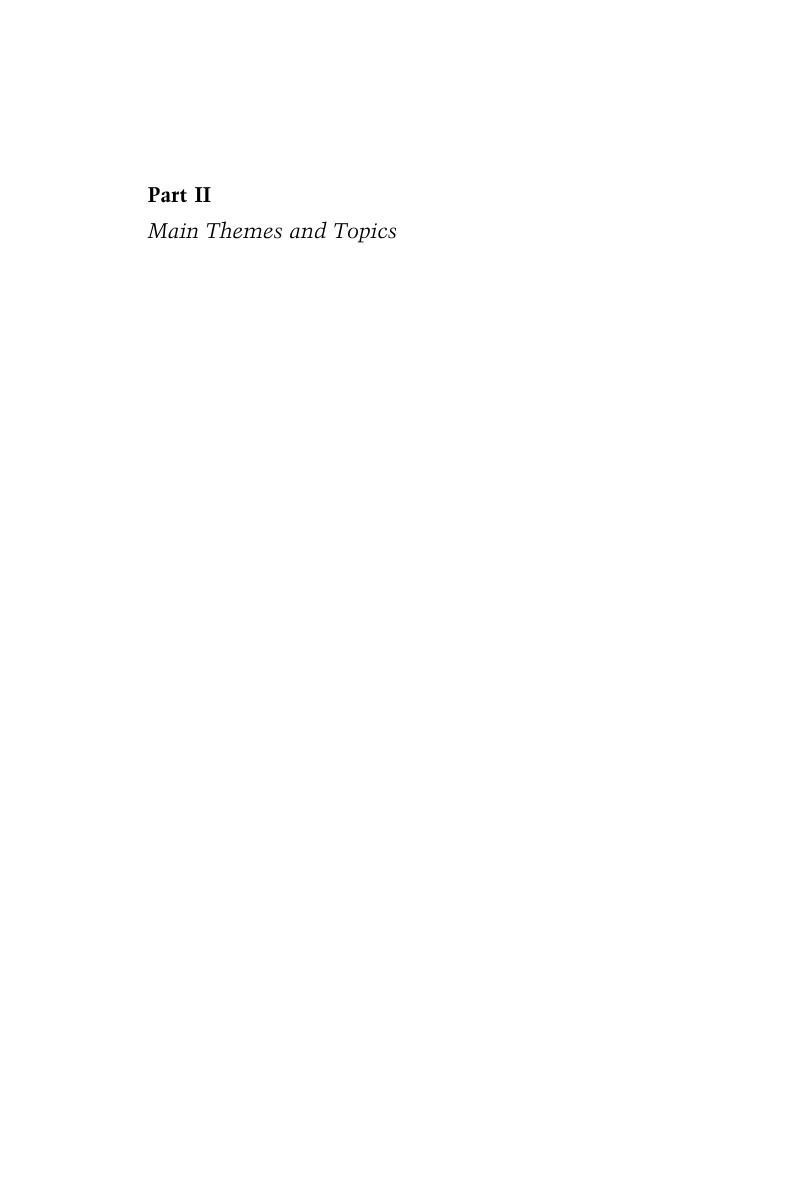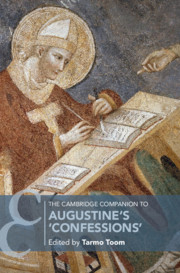Book contents
- The Cambridge Companion to Augustine’s Confessions
- Cambridge Companions to Religion
- The Cambridge Companion to Augustine’s Confessions
- Copyright page
- Contents
- Contributors
- Acknowledgments
- Abbreviations
- Introduction
- Part I Circumstances of Composition
- Part II Main Themes and Topics
- Part III Reception and Reading Strategies
- A Bibliographical Note
- Index
- Other Titles in the Series (continued from page ii)
- References
Part II - Main Themes and Topics
Published online by Cambridge University Press: 22 February 2020
- The Cambridge Companion to Augustine’s Confessions
- Cambridge Companions to Religion
- The Cambridge Companion to Augustine’s Confessions
- Copyright page
- Contents
- Contributors
- Acknowledgments
- Abbreviations
- Introduction
- Part I Circumstances of Composition
- Part II Main Themes and Topics
- Part III Reception and Reading Strategies
- A Bibliographical Note
- Index
- Other Titles in the Series (continued from page ii)
- References
Summary

- Type
- Chapter
- Information
- The Cambridge Companion to Augustine's 'Confessions' , pp. 61 - 242Publisher: Cambridge University PressPrint publication year: 2020



